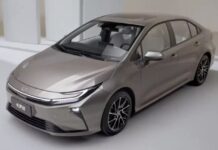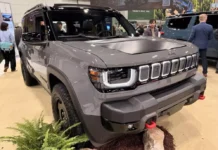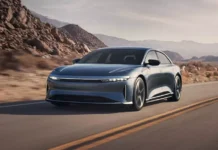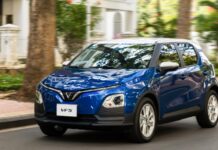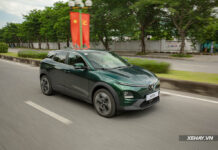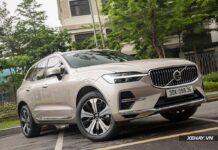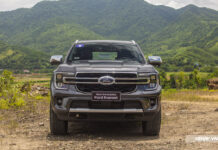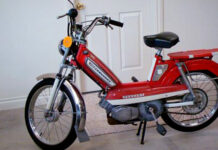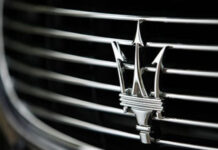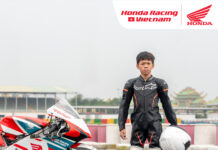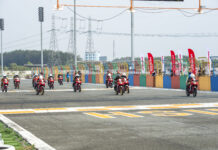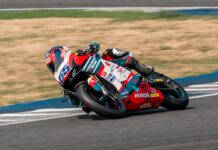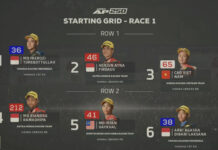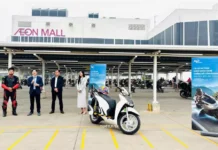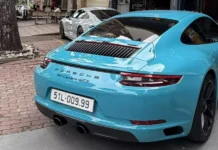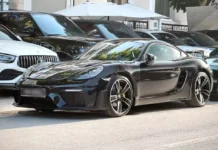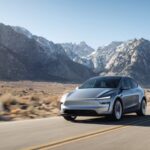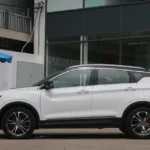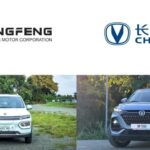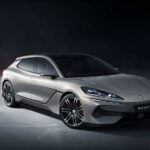The Rise of Chinese Automakers in Vietnam: A Strategic Approach
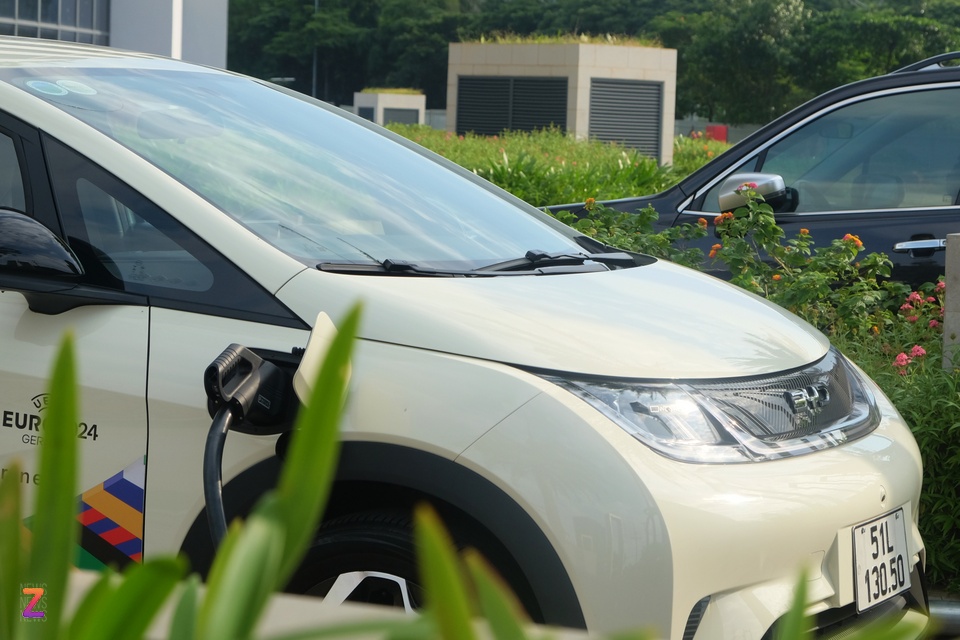
|
The automotive industry in Vietnam is witnessing a significant shift with the influx of Chinese automakers, which began in 2024. Over the past year, Vietnamese consumers have been introduced to several new automotive brands from China, including Lynk & Co, BYD, Omoda, GAC, and the electric vehicle brand Aion.
As we move into 2025, the market is gearing up for the launch of Jaecoo, with Geely and the luxury electric vehicle brand Zeekr also on the horizon.
## A Cautious Approach:
Geely Auto, a sister brand to Volvo and Lynk & Co, has confirmed its upcoming official launch in Vietnam, demonstrating a cautious strategy similar to its compatriots. The brand has started taking reservations for the Geely Coolray, its inaugural model in the country, and will offer test drives to customers starting February 22nd.
By providing test drives ahead of the official launch, Geely follows a trend among Chinese automakers in Vietnam, allowing potential customers to experience their vehicles firsthand before committing to a purchase.
## Market Testing and Price Sensitivity:
Omoda, a brand under the Chery umbrella, hosted media test drives of the Omoda C5 in late 2023. The distributor also organized additional display and test drive events for both the Omoda C5 and Jaecoo J7 across Vietnam before unveiling their official prices in late 2024 and early 2025.
BYD hosted a series of large and small-scale test drive events in June 2024, leading up to their official launch in July, featuring their inaugural lineup: the Dolphin, Atto 3, and Seal.
GAC Aion, on the other hand, has been cautious in its market approach, refraining from test drives despite its long-standing presence in the market. Their showroom in District 7, Ho Chi Minh City, was completed earlier but only opened in October 2024, with the Y Plus and ES models making their debut.
## Overcoming Past Perceptions:
The cautious approach adopted by Chinese automakers is understandable given the past perceptions and customer hesitancy towards Chinese automotive products in Vietnam. By offering test drives, these brands provide customers with a tangible experience to assess the quality and performance of their vehicles.
The test drives also serve as a platform for gathering customer feedback and gauging price expectations, as evident in BYD’s post-drive survey for the Dolphin, which offered three price ranges for customers to choose from.
## Pricing Strategies and Customer Response:
The pricing of Chinese vehicles in Vietnam has been a critical factor in their market acceptance. Models like the Omoda C5 and Jaecoo J7 received positive feedback on their pricing, with customers finding them aligned with their test drive experiences.
Lynk & Co took a different path with their initial offerings in the premium segment, priced in the billions of VND. However, their subsequent launch of the Lynk & Co 06 in the SUV-B segment at 729 million VND quickly became their bestseller, attributed to its competitive pricing, unique design, and impressive safety features.
## Have Chinese Automakers Found Their Footing?
Despite their strategic approach, not all Chinese automakers have achieved sweet success in Vietnam. GAC Aion’s Y Plus and ES electric vehicles, priced at 788 million and 888 million VND, respectively, failed to captivate customers. Similarly, the MG4 EV, with a price range of 828-948 million VND, hasn’t made a strong impression in the SUV-B electric segment.
Rumors suggest that the Dongfeng Box EV will be priced around 550 million VND, competitive with the BYD Dolphin. However, customer feedback has been lukewarm, primarily due to brand perception.
The Haval H6, a hybrid SUV, initially launched at 1.096 billion VND, faced challenges and was later adjusted to 986 million VND, still struggling to find its footing in the crowded SUV-C segment.
## Customer Sentiment and the Way Forward:
Vietnamese customers have demonstrated their willingness to embrace Chinese automotive products, provided they offer competitive pricing, innovative designs, and modern features.
For electric vehicles, addressing the challenge of public charging infrastructure is crucial for the success of Chinese EV brands in Vietnam.
The cautious strategies employed by Chinese automakers are understandable, given the unique dynamics of the Vietnamese market. However, this cautiousness can also result in delayed launches, causing them to lose their edge in a rapidly evolving market.
As Chinese automakers navigate the Vietnamese market, finding the right balance between cautiousness and agility will be essential to their long-term success.
## Suggested Reading for Your Next Journey:
[Title] – [Author]
A captivating narrative that explores the intricacies of human connections and the power of shared experiences.
[Title] – [Author]
An insightful guide to personal growth and self-discovery, offering practical strategies to embrace life’s challenges and achieve your goals.
Enjoy your next journey with these captivating reads!
Huawei Unveils Revolutionary Super-Fast Charging: 5-Minute Plug for a 400km Journey
Huawei is about to shake things up in the industry as it announces its entry into the fast-charging arena. On April 22, the company will unveil its super-fast charging technology, joining the likes of BYD and Zeekr in a race to revolutionize the way we power our devices. With this move, Huawei is poised to showcase its innovation and expertise, promising a future where waiting for your device to charge is a thing of the past. This announcement marks an exciting chapter in the world of technology, and we can’t wait to see what Huawei has in store.
The Denza Z9 GT: Taking on Porsche in the European Market
After Mercedes-Benz’s exit from the joint venture, Denza, the electric car brand born out of the collaboration with the German automaker, has set its sights on Europe once again. With a new ambition to rival Porsche, but at half the price, Denza is ready to take on the European market with a fresh perspective.

